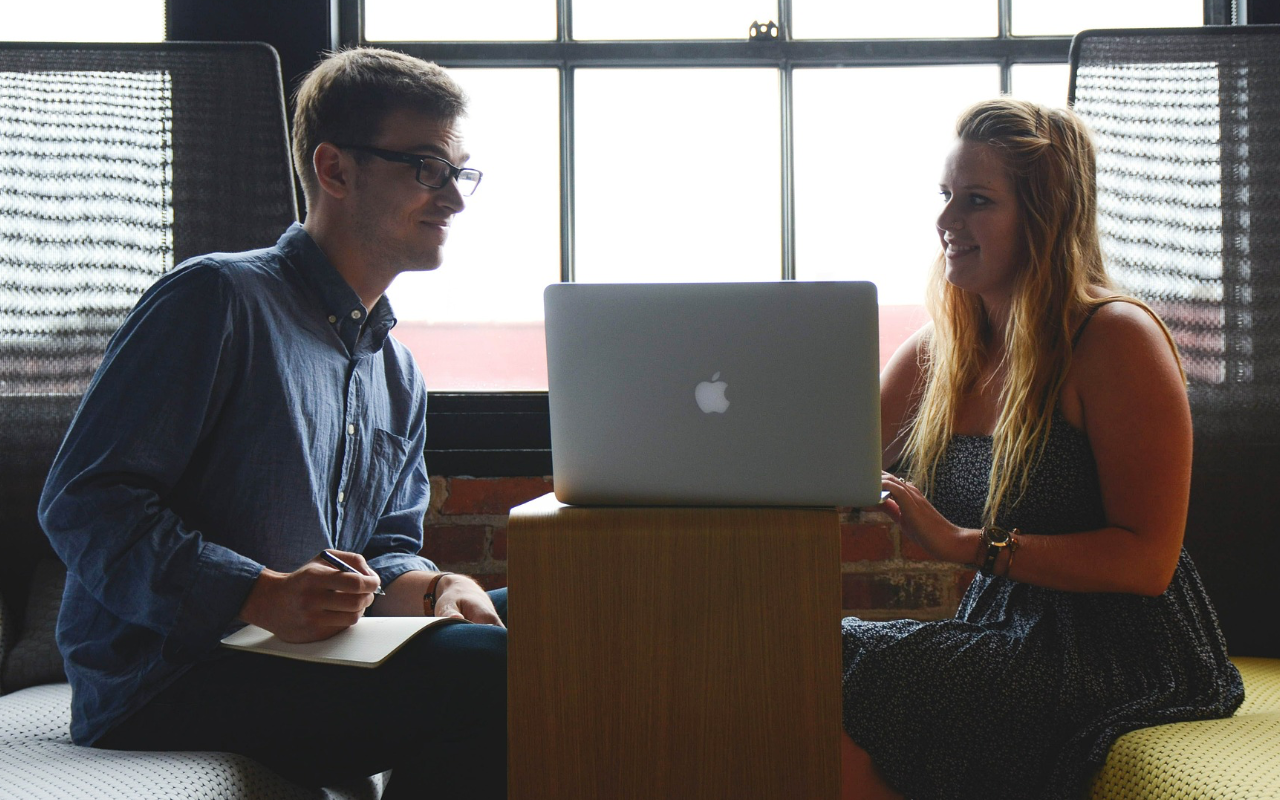
Photo: StartUpStockPhotos
What does ‘living with Covid’ mean for your workplace?
As new regulations come into force for employers, James Tamm and Nick Wilson run though what organisations need to understand about working in the new ‘normal’.
“We’ve got to get used to living with Covid” – it’s a handy little phrase, but it’s easier said than done. For employers and employees in the arts and cultural sector it needs unpicking.
Lockdowns were brutal in their simplicity but the phasing out of measures have been tricky to navigate, particularly as devolved governments have taken individual approaches.
In moving from ‘must do’ to ‘should do’, you need to decide how to interpret public health advice, as opposed to simply adhering to a raft of legislative requirements. But what exactly are your health and safety duties as an employer in the sector?
Based on the current situation in England (please seek out guidance specific to other regions), let’s at least scratch the surface.
Best-practice infection prevention measures
You can’t drop a bomb without changing the landscape forever so we can never go back to life before we learned about managing Covid risks at work.
That means, wherever possible, keep doing what you’re doing:
- Get vaccinated
- Meet outdoors, or let fresh air in
- Wear face coverings
- Stay at home and avoid contact following a positive test
- Continue handwashing and hygiene measures
So good risk management is the bit that’s easy said. However, within the arts and culture sector, mask-wearing, for example, has wide-reaching implications. Will audiences stay away rather than cover up?
And social distancing? Can your business really stay viable with reduced audiences in spaced out seating? Of course, there are hundreds of nuanced variations on the difficulties arising in a sector where audiences and public engagement are often integral.
The concern affecting all sectors is that the systems that were in place to support the best-practice behaviours are now ending:
- £500 support payments and Statutory Sick Pay (SSP) for people on low incomes
- Contact tracing and free lateral flow and PCR testing
- Notifying employers of advice to self-isolate
The upshot is many employees are left questioning whether they can afford to do the right thing.
Should a positive-testing employee stay at home?
Here’s the conundrum. After 24 March, if you instructed someone to stay at home after a positive test when they would prefer to come to work, you’ll have to pay them in full. 10 days can be reduced to six following two negative tests, but as free testing is ending, who pays for the tests?
Conversely, can you insist that positive cases attend work? In theory, yes, but you have a general duty of care for the health and safety of all employees. It’s hard to imagine justifying that demand as reasonable management instruction. Plus, a Covid outbreak at work could leave you critically short-staffed.
Solutions can be found in hybrid and home-working policies, wherever practical, and an updated risk assessment can help you with issues like testing in the workplace (which it’s worth remembering was never mandatory in England in this sector).
If you want to ask employees to test, you need a good reason for doing so. A risk assessment that qualifies the position on testing provides that legitimate reason. But, beware: if you want to carry out testing, regular or even ad hoc, be prepared to fund it yourself – although the cost of that is not yet known.
What is an employer’s duty of care to their employees now?
Pre-, during, and post-Covid, all employers have a duty of care for the Health & Safety of their employees. Although employers will no longer be required to explicitly cover Covid-19 in their risk assessments, it could be in your best interests to carry on doing so.
Anyone classed as Clinically Extremely Vulnerable may need additional safeguards, over and above other employees, so consider specific risk assessments for anyone falling into this category.
For best advice, it’s worth returning to the Workplace (Health, Safety and Welfare) Regulations 1992 as the statutory requirements set out there continue to apply.
What about statutory sick pay for COVID-positive employees?
On 24 March, the special Covid provisions for SSP came to an end, meaning that SSP no longer kicks in from day one for Covid cases. Instead, there are three waiting days, just as with any other absence due to sickness.
Making allowances for home working, wherever possible, can benefit everyone in this scenario if they are feeling well enough to work and having a hybrid or homeworking policy in place is a good practical step.
What happens next?
As we write, a new sub-variant of Omicron, BA.2, is starting to make a nuisance of itself so employees might reasonably be nervous about returning to work.
Try asking them what they need to feel safe and proactively implement changes. Consider extending flexible arrangements such as hybrid working, staggered start and end times and reduced hours to provide options for those who feel less comfortable with the idea of returning to 'normality'. You could also consider the option for employees to phase their return to the workplace, as they might after a period of absence.
If you are in doubt as an employer, seek professional guidance. There are also many free resources available including regularly updated advice on WorkNest.com.
James Tamm is Director of Legal Services and Nick Wilson is Director of Health & Safety Services at WorkNest.

Join the Discussion
You must be logged in to post a comment.